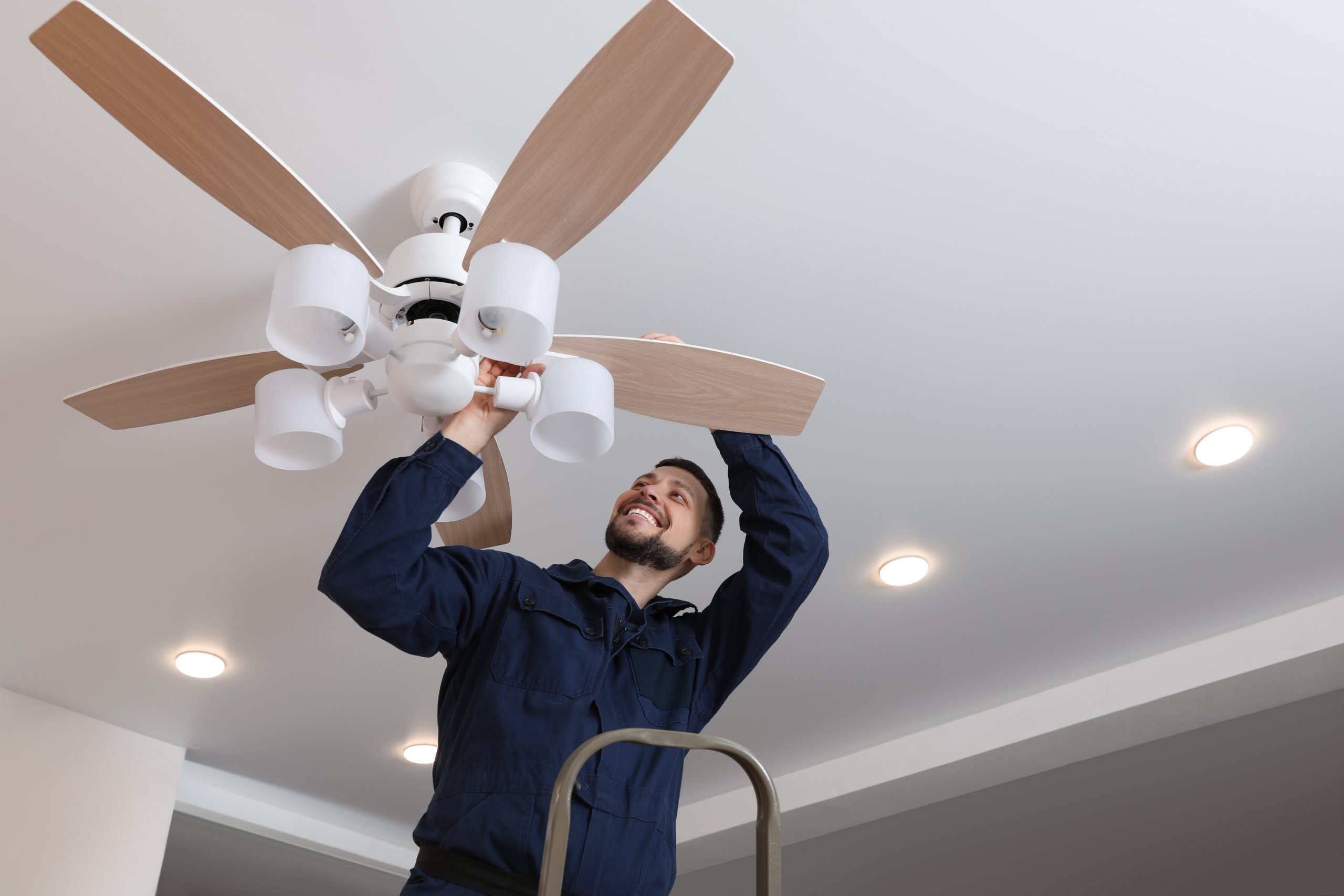How to Install a Ceiling Fan & 5 Places Not to Install One
By Gordon Watts | Mar 02, 2011

Installing a ceiling fan can vary from a very simple job that can be performed by a homeowner with basic handyman skills to one that is somewhat complex requiring the services of a qualified electrician. There are many factors that need to be considered when dealing with ceiling fans: ceiling height, whether ceiling is sloped, condition of existing outlet box and whether it is adequately supported, access above the ceiling, how many switches are to be installed, will there be dimmers or remote kits installed, if the fan is to have a light kit, etc. Materials required may include: fan brace, electrical switch, cut-in boxes, switch plate, romex and staples, down-rod, mounting kit, pancake box and ceiling medallion.
Most homeowners should limit self installations to simple replacements of existing fans with a new fan where there will be no changes in the switching requirements. Even replacing light fixtures with a fan can get complicated due to the electrical code requirement that requires a supported or braced electrical box. Hiring a handyman rather than a qualified electrician to do the installation can also present problems. A certified/licensed electrician not only will be able to properly install the fan according to the electrical code but they will also be taking notice of any other potential electrical deficiencies or code violations they observe while performing the installation. An experienced technician will normally remove your electrical panel cover as part of the installation and check for problems that may require repair.
For safety reasons, do not install fans in the following circumstances.
- Where blades will be below 7ft from the floor
- Where metal blades will be below 8ft from the floor
- Where the fan is too near a bunk bed
- Where fans can hit cabinet doors
- Where blades pass under a light fixture
If we can assist you with your ceiling fan installation or answer any of your electrical questions let us know or click here to request electrical service in Atlanta, Georgia.
